Wondering if Washington DC is safe? Keep reading!
Washington DC attracts millions of visitors every year, but like any major urban city, it comes with its own set of safety concerns. So, is Washington DC safe? The short answer is yes, but like any place, staying informed and aware can help you plan ahead to ensure a smooth and enjoyable visit.
I live about 30 minutes from DC, and I visit often. In this blog post, I’ll help you make the most of your trip to DC and give you some insider tips for staying safe in the nation’s capital.
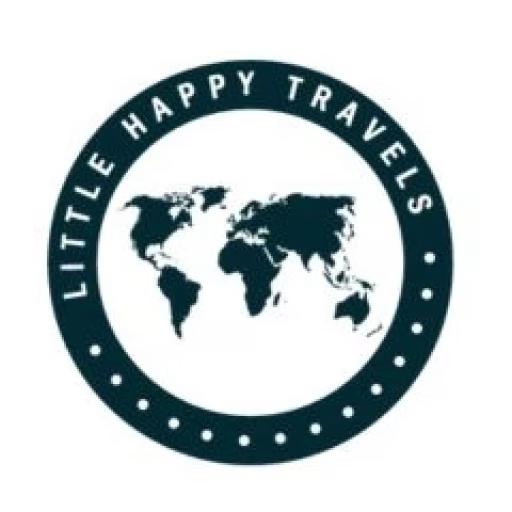
Plan Your Trip With My Trusted Travel Resources!
– Snag great hotel deals on Booking.com and Expedia.com. I’ve found rates here that beat the hotel’s own site and even Google!
– Book amazing tours hassle-free with Viator.com. Their trusted guides made it easy for me to explore both iconic spots and off-the-beaten path attractions, with exclusive access in cities like Vegas, DC, Northern Virginia, and more.
– Travel smarter with Capital One – My favorite for earning points and saving on flights and hotels. Cards like SavorOne and Capital One Business are a big part of how I travel well on a budget!
Safety in Washington DC: 10 Things to Know Before You Go
Some key safety tips from a local, including the best places to stay and explore, so you can enjoy the nation’s capital, stress-free.
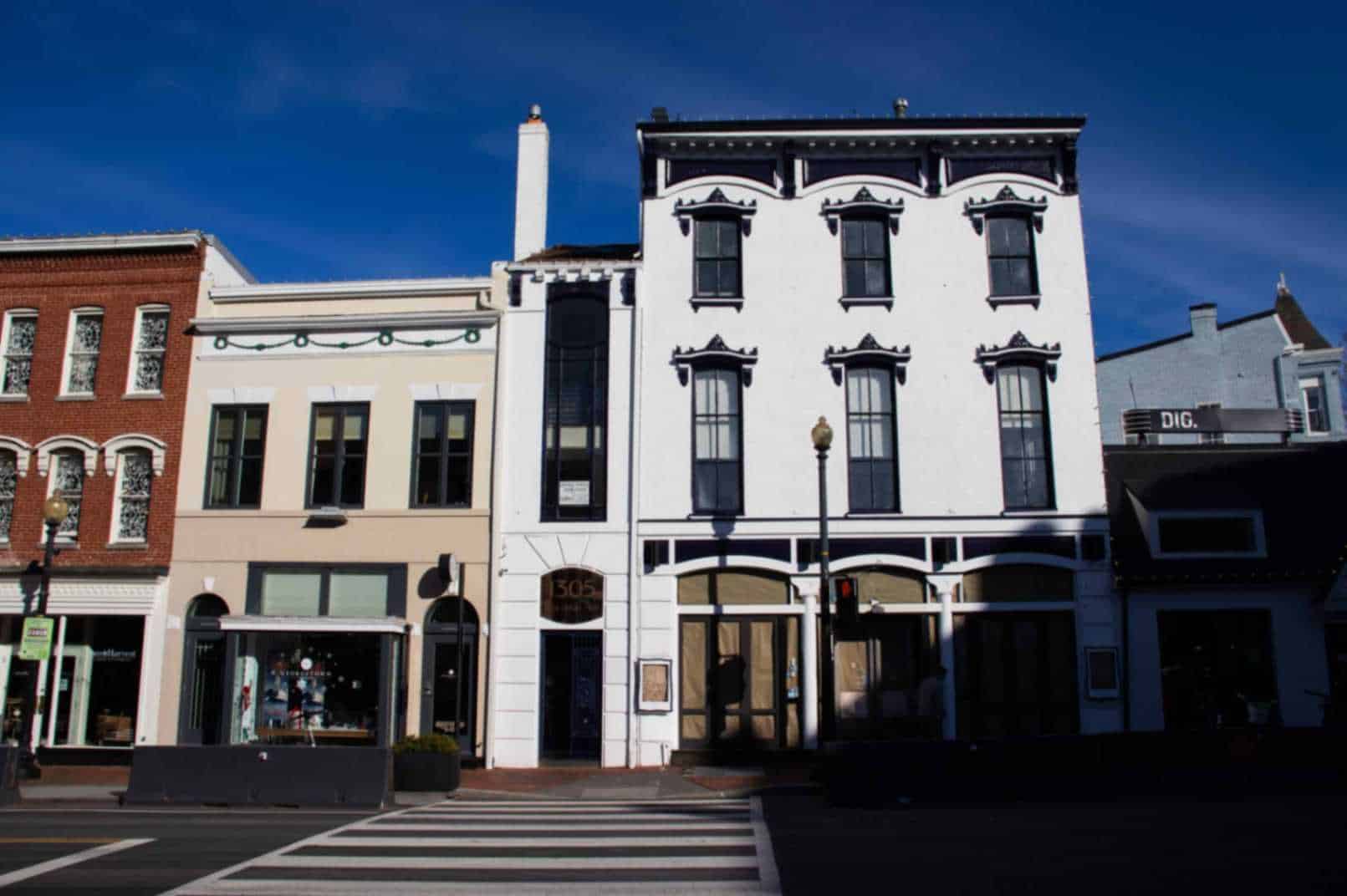
1. Make Sure You Understand the Layout of the City
I’ve found that Washington, DC is actually pretty easy to get around once you get the hang of its grid system. The city is divided into four quadrants, and the National Mall sits right in the center of it all.
Knowing the layout can really help you plan your route so you don’t end up in any sketchy areas. Most of the major attractions are around the Mall, which is one of the safest and most popular spots in the city. You can do a lot here, like visit free Washington DC museums, go for a walk near the Washington Monument, and more!
I recommend looking at DC’s layout on Google Maps in advance, to help you get to know the grid system. That way, you can easily go from one place to another and plan your trip in advance! This is super helpful if you’re spending only one day in Washington DC, or have limited time.
If you’re looking for more of a hand-held explanation, this is a great video tutorial on how to navigate the DC grid system!
2. Stay Aware of Crime Trends
Like any large city, Washington DC has neighborhoods that experience higher rates of crime, mainly property crime and theft (especially car theft and car break-ins). Based on stories I’ve heard from friends at family, I recommend staying away from neighborhoods like Deanwood, Brentwood, and Anacostia, especially at night.
The safest areas for tourists tend to be near major landmarks, but it’s still important to stay alert. Researching current crime trends, especially in neighborhoods outside of tourist zones in DC, can help you avoid areas that might pose more risk.
I would say most areas in DC are safe, you just want to exercise caution and use common sense.
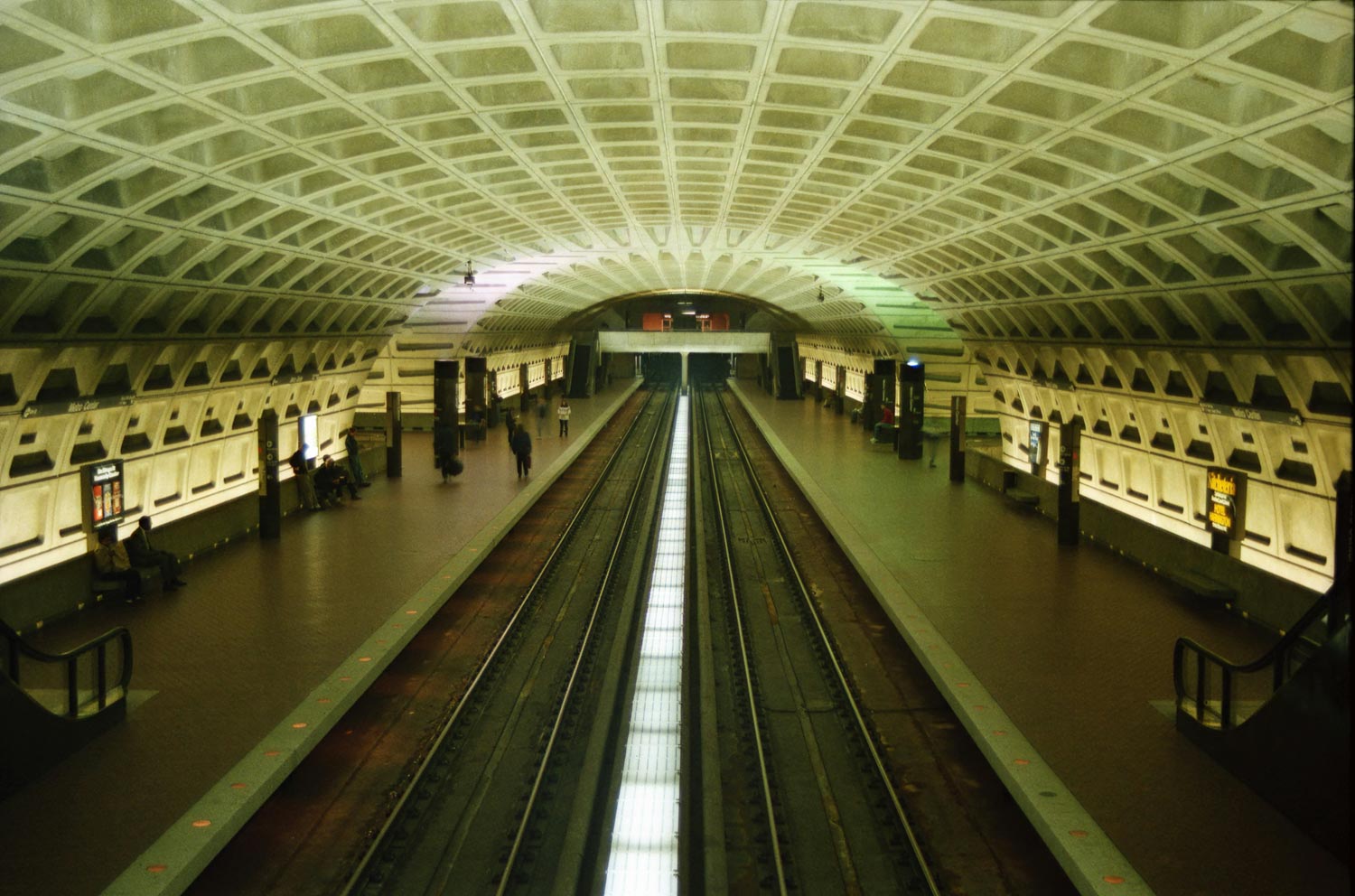
3. Public Transportation is Generally Safe, But Still Be Careful
Washington DC’s Metro system and buses are a convenient way to get around, and they’re generally safe for tourists. However, keep an eye out, especially late at night when stations and trains can be quieter.
Keep your belongings secure and avoid traveling in isolated areas when possible. During rush hours, the Metro is quite crowded, but it’s usually well-patrolled and reliable.
A helpful tip for visiting DC: Don’t take your time walking/going up and down escalators during rush hour when riding the metro. Everyone is in a hurry to get to work, so if you’re not in a rush, keep to the right side. This tip isn’t necessarily related to safety, but it’s good to know before you ride the DC metro!

4. When in Doubt, Stick to the Tourist Areas
Tourist-heavy areas like the National Mall, Georgetown, and Capitol Hill are typically safe, especially during the day when there are plenty of tourists.
Local police and security personnel are often present around popular sites like the Smithsonian museums, the White House, and the Lincoln Memorial, so crime is pretty rare here.
Even though areas are relatively safe, always stay aware of your surroundings, especially at night. Avoid wandering into neighborhoods you’re not familiar with, especially in North East and South East quadrants. These are generally unsafe areas with high crime rates.
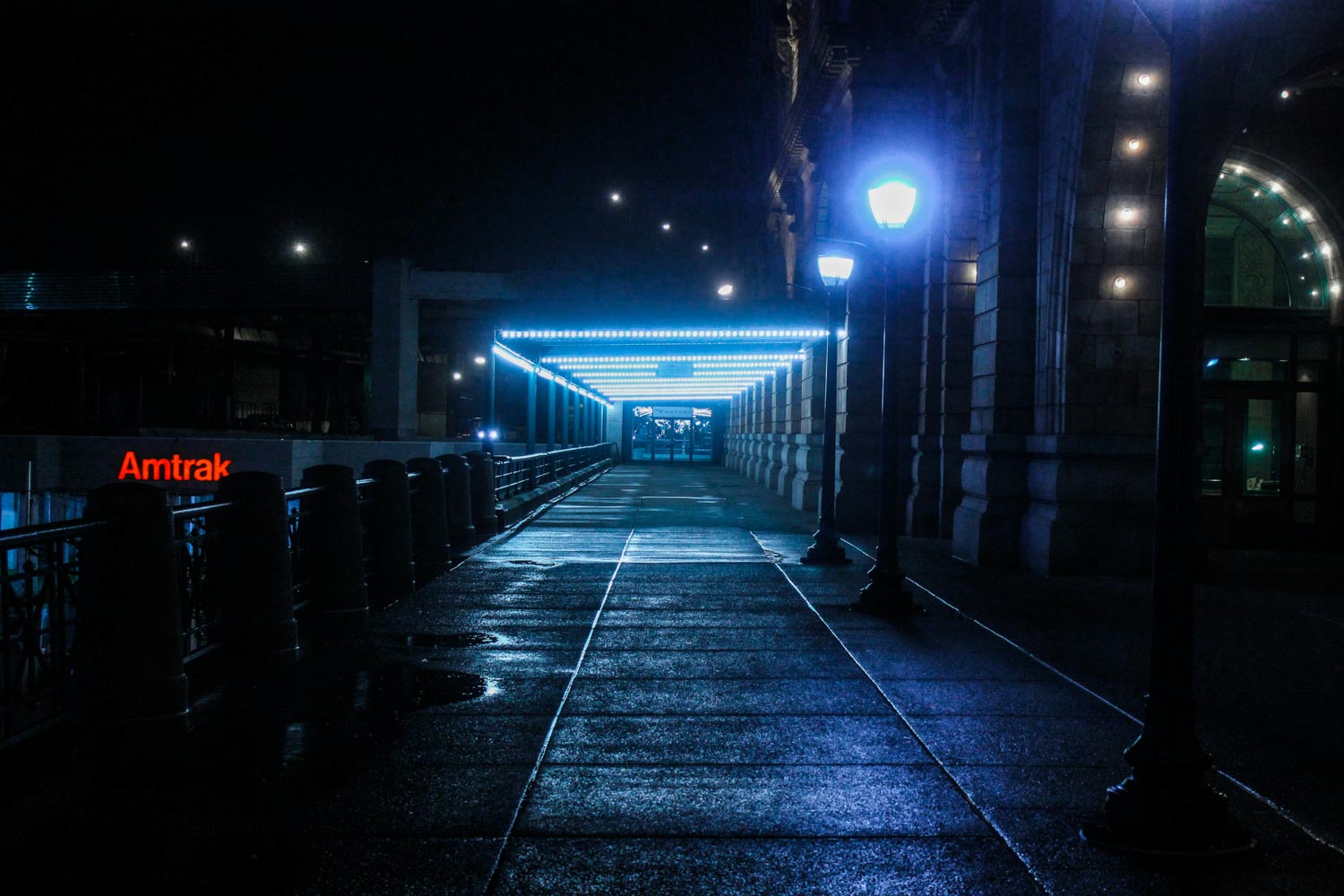
5. Avoid Walking Alone Late at Night
Walking around the city during the day is usually safe, but it’s best to avoid wandering around alone late at night, especially in quieter or poorly lit areas.
Stick to main streets and well-populated areas, and consider taking a ride-sharing service like Uber or Lyft if you’re heading out after dark and want to stay safe at night.
If you’re on a solo trip to DC, you can still enjoy DC at night! Try to stick to the touristy areas, and you should be fine.

6. Follow Basic Street Smarts and Use Common Sense
Be mindful of your surroundings and use common sense, like don’t leave valuables in plain sight in your car or your bag.
Also, avoid getting too distracted by your phone when walking around, like if you have your phone out to use your GPS! Always be aware of your surroundings, even when you’re on your phone. If you’re unfamiliar with an area, trust your instincts—if something feels off, leave immediately!
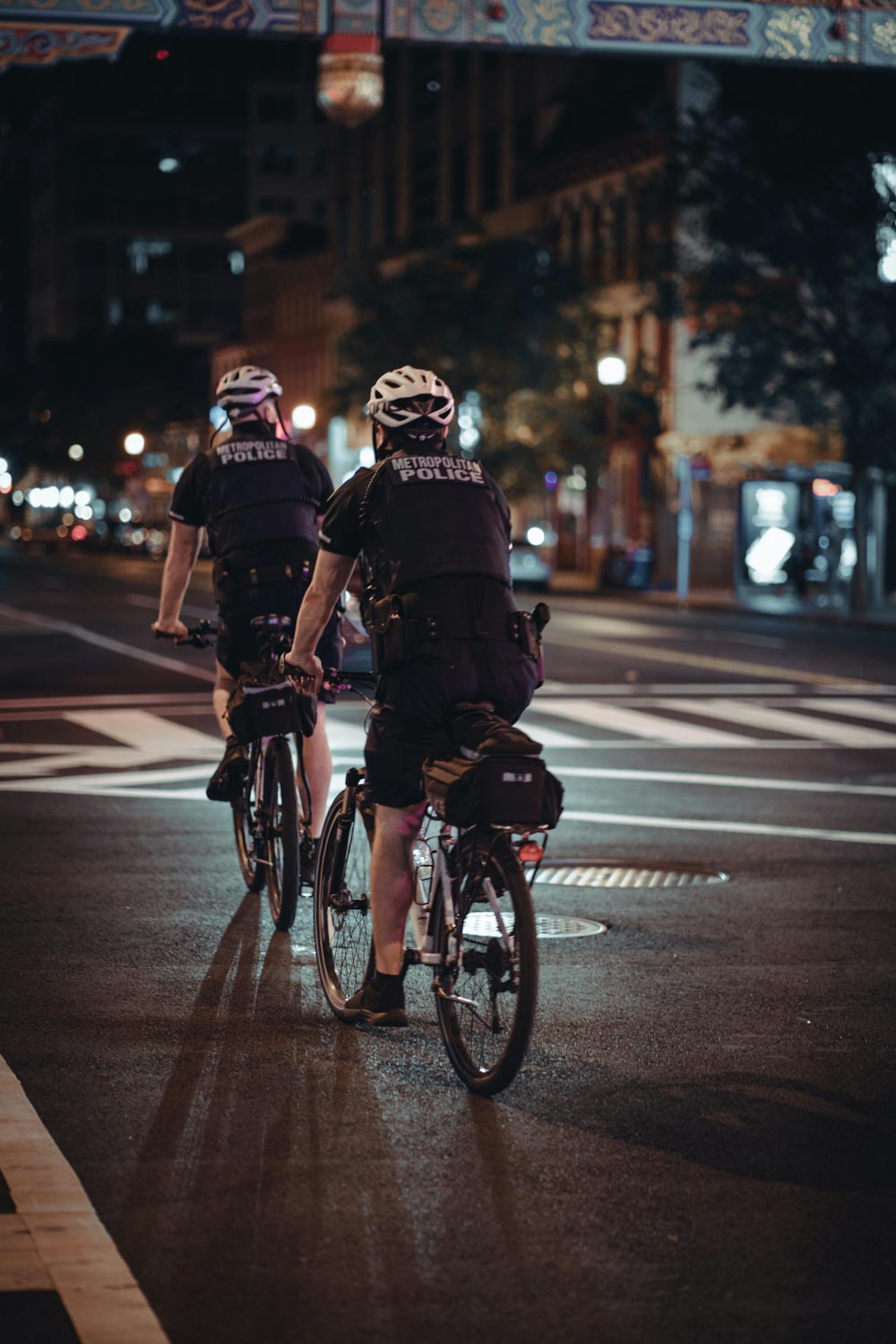
7. Know the Local Laws
Washington DC has some unique local laws that visitors should be aware of. For example, you shouldn’t have ANY alcohol in your system if you’re operating a vehicle, bike, or boat. DC has a zero-tolerance policy – if you have over .07 in your system you can technically get a DUI.
Another thing to note is that compared to other cities in the country, DC has the strongest presence of law enforcement and government agencies. You could fall under Federal jurisdiction, which may mean tougher penalties.
For example, if you commit a crime on the National Mall, you’ll likely be greeted by the US park police, which is a federal agency. There are a lot of speed cameras around, too. Some are hidden and can fine up to $100-$200 tickets for speeding.
Also, jaywalking (crossing the street outside of a crosswalk) is technically illegal and could result in a fine. It’s important to research these laws in advance, to help you avoid fines and stay safe while exploring DC.
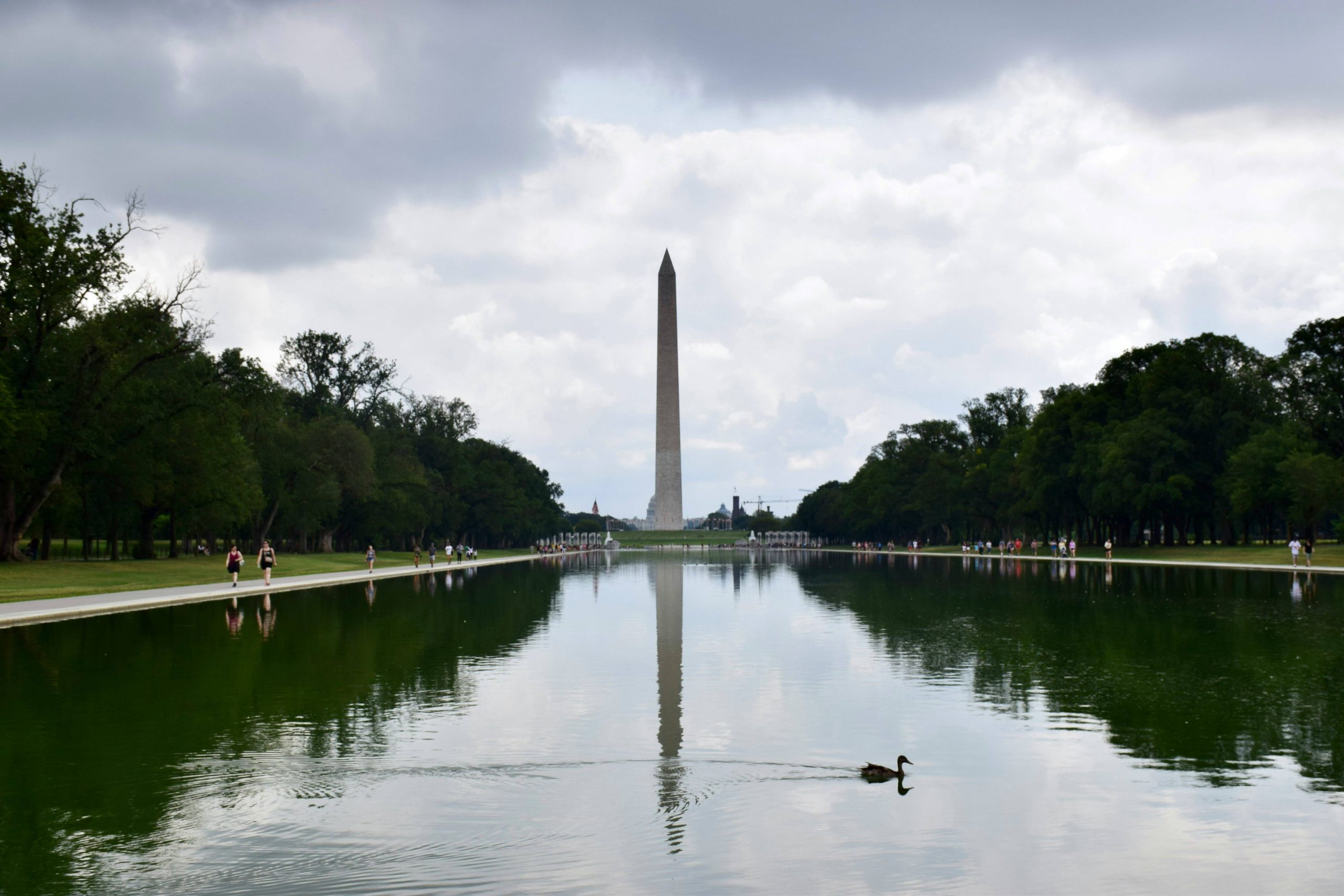
8. Be Mindful of Homelessness in Certain Areas
Like many big cities, DC has a growing homeless population, and it’s pretty visible in certain neighborhoods. Most people are harmless, but it’s important to be mindful in areas with larger homeless populations, like parts of downtown or near the Metro stations.
You can usually tell if someone is under the influence. If approached, it’s generally best to politely decline offers or requests and keep moving.
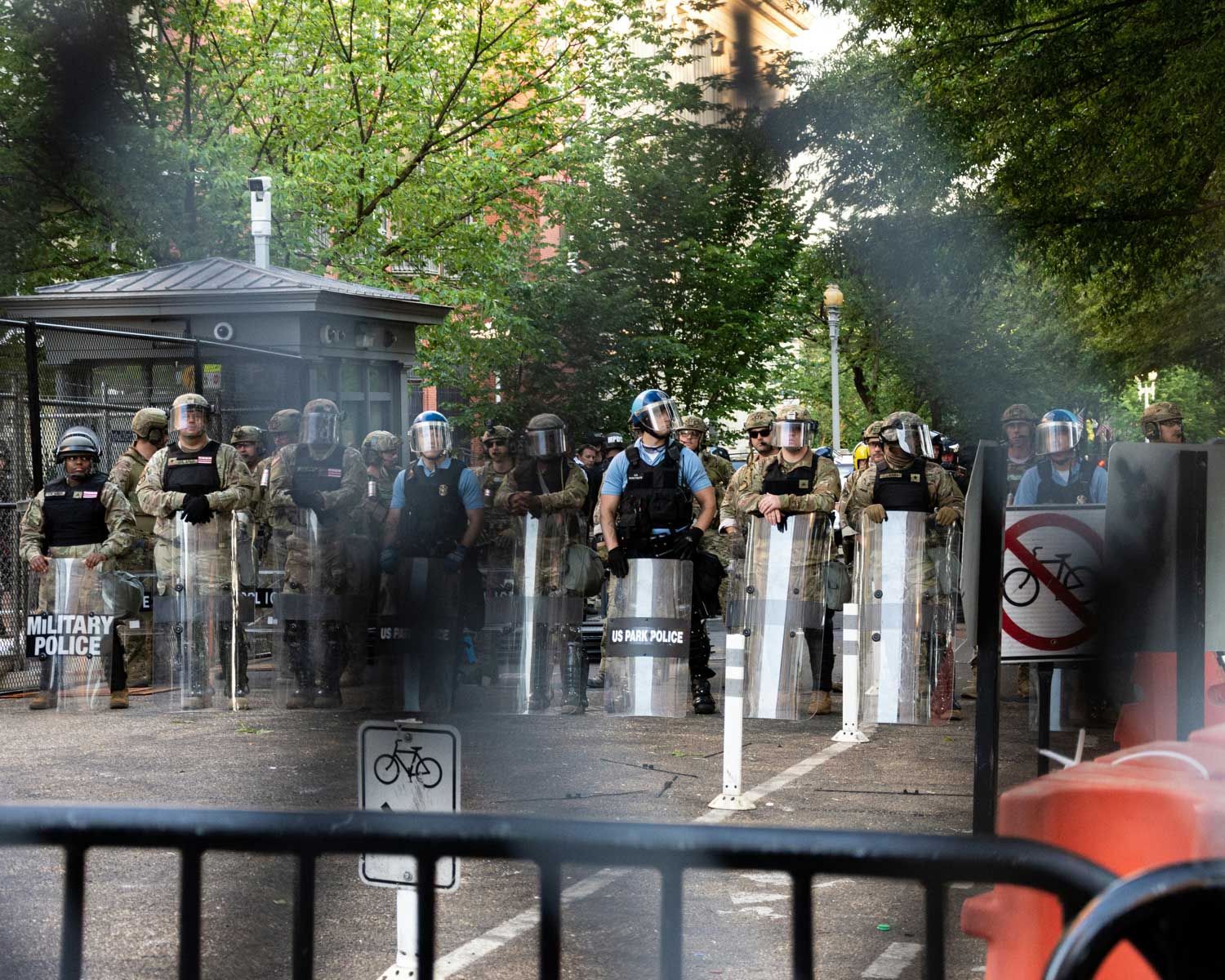
9. Keep Track of Local Events or Protests
Washington DC is known for its political activism and frequent protests, especially near the White House or the Capitol. While most events are peaceful, it’s a good idea to check the news or your itinerary for any large-scale demonstrations happening during your visit.
It’s generally best to avoid those areas during protests. These events can sometimes cause disruptions to transportation and traffic, and you don’t want to end up caught in the middle if things go bad.
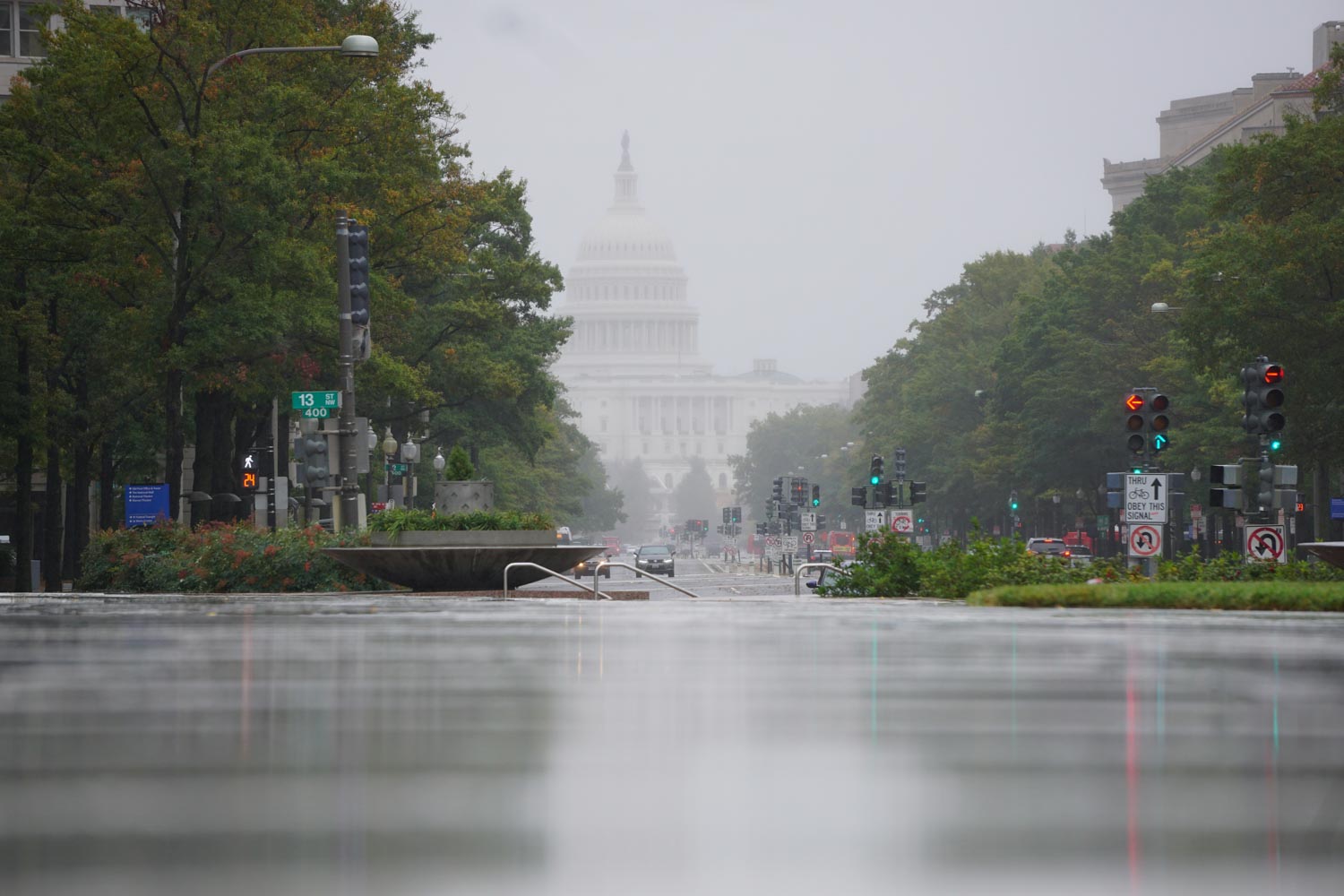
10. Be Prepared for Sudden Weather Changes
DC’s weather can be unpredictable, with hot, humid summers and cold, snowy winters. Sudden rain showers or temperature shifts can catch you off guard, so be sure to check the forecast before heading out each day.
I recommend packing a light jacket or an umbrella, no matter what time of year you visit! You never know with DC weather, and having a few essentials can save you from getting drenched or having an uncomfortable visit.
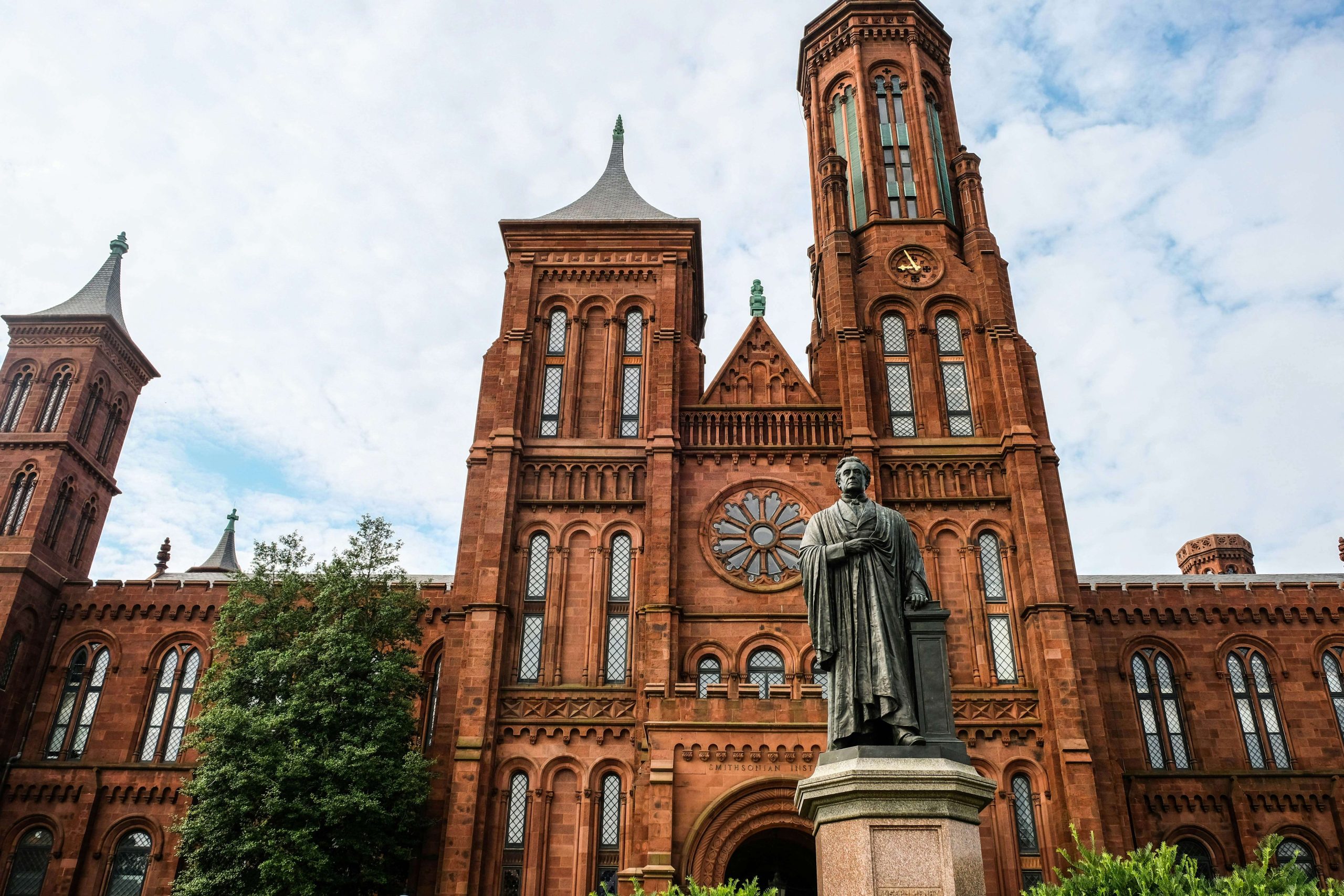
Getting Around
Getting around Washington DC is fairly easy. The Metro and bus system can get you almost anywhere you need to go, and walking is often the best way to explore the city’s many attractions.
Ride-sharing services like Uber and Lyft are also available, but keep in mind they can be more expensive during peak hours or in high-demand areas.
Where to Stay: Safe Areas
When choosing where to stay in Washington DC, it’s essential to pick a neighborhood that balances convenience with safety. Here are some nice, safe places to stay:
Budget Option
For budget-friendly accommodations, areas like Capitol Hill or Adams Morgan are good options. These neighborhoods have affordable hotels and hostels, like HighRoad Hotel and Generator Washington DC, while still being close to major attractions and public transportation.
Mid-Range Option
If you’re willing to spend a bit more, Dupont Circle and Logan Circle offer a perfect balance of safety, charm, and accessibility. These neighborhoods have comfortable hotels like The Royal Sonesta Washington DC and The Dupont Circle Hotel, which are close to metro stations and plenty of restaurants, shops, and cultural venues.
Luxury Option
For a more luxurious stay, consider staying somewhere in Georgetown or the West End. These upscale areas offer high-end hotels, like the Fairmont Washington DC. Plus, you’re within walking distance of the waterfront or museums and you’ll have access to fine dining and nightlife.
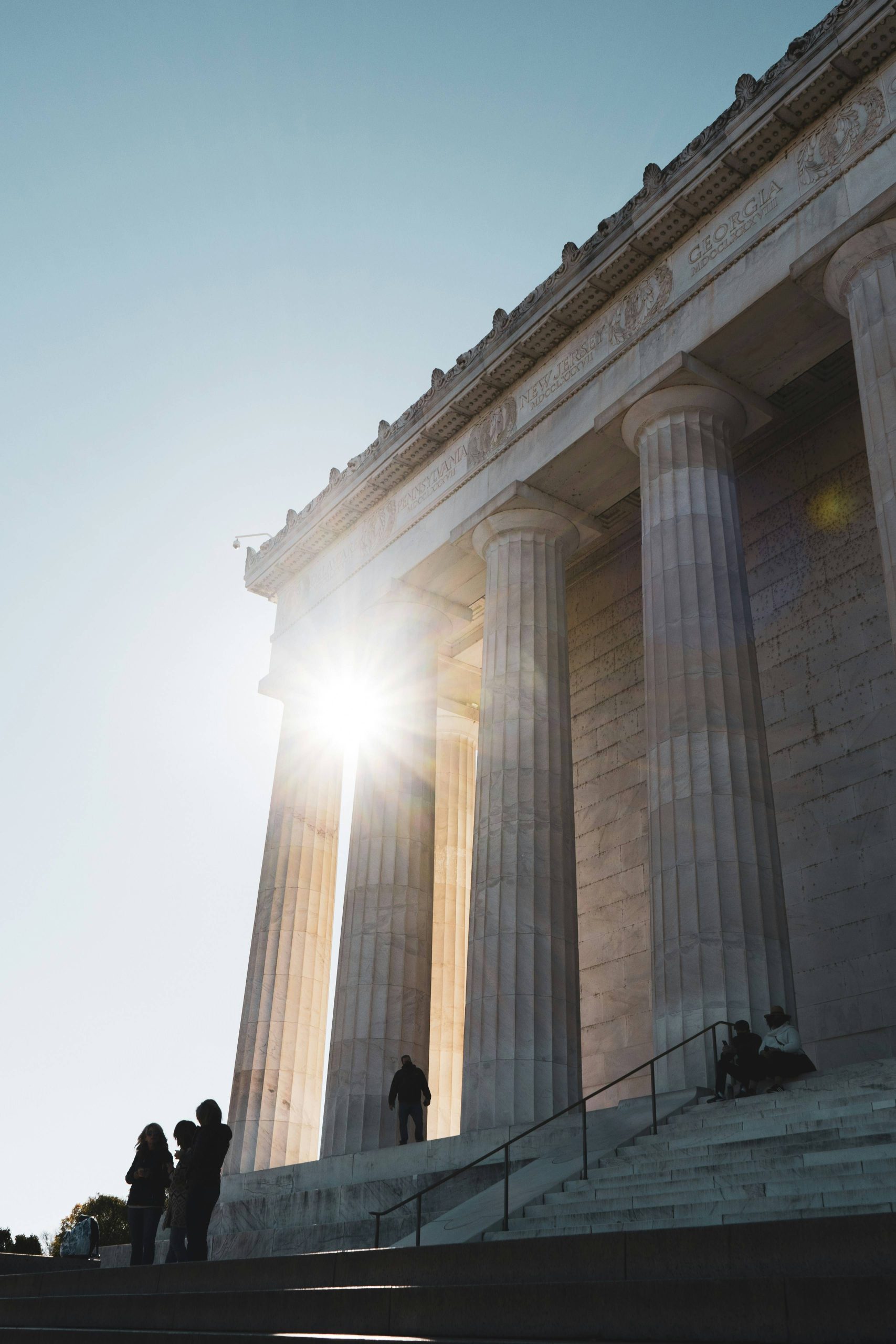
FAQs
Some commonly asked questions about safety in Washington DC.
Is it safe to walk around DC at night?
It can be, but stick to well-lit, busy areas, especially after dark. Popular neighborhoods like Georgetown or the National Mall are generally safe, but quieter neighborhoods like Anacostia or Deanwood have higher crime rates, especially at night.
What are the negatives of Washington DC?
DC does have issues with traffic congestion, expensive accommodations, homelessness, and areas with higher crime rates. There can also be large crowds, especially during the summer months and near major tourist sites.
What is the safest part of DC to stay in?
Safe areas for tourists include neighborhoods like Dupont Circle, Capitol Hill, and Georgetown, all of which offer a good balance of security, convenience, and proximity to key attractions.
Does Washington DC have the worst crime rate?
No, Washington DC’s crime rate is not the worst in the country, but like any major city, there are areas with higher crime. As long as you make an effort to stay aware of your surroundings and stick to safer, well-populated areas, you should be fine.
So, Is Washington DC safe?
Overall, the answer is yes, but use common sense, and do a bit of research about the area in advance.
Most tourist areas are well-patrolled and safe to explore, so as long as you plan ahead and stay mindful of your surroundings, you’re sure to have an enjoyable visit to this vibrant, historic city.
Washington DC has plenty to offer, and with some planning and research before your visit, you can make the most of your time here without worrying too much about safety.
Happy travels!

About the Author
Sasha is the founder of Little Happy Travels, a blog with tips and inspiration for combining work + travel and living the digital nomad lifestyle. As a business coach and remote worker, she’s spent the last few years traveling the world while helping others do the same. Follow for guides, tips, and personal stories on working from anywhere!




